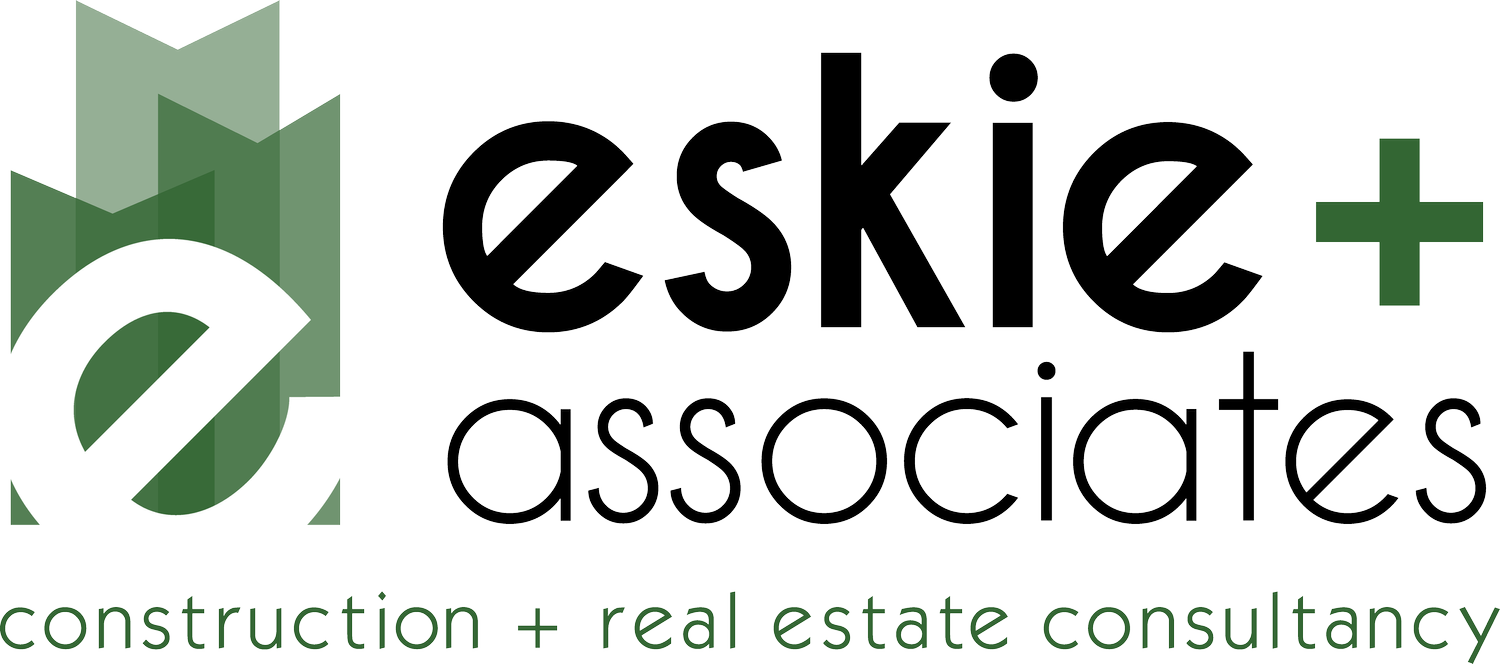Phase 5: Navigating Occupancy + Close-out
The finish line is in sight! As construction nears completion, Owner Occupancy and Closeout activities begin. As with each project phase, early planning is the key to a smooth process. Regardless of if you are occupying the building yourself of finishing it out for a 3rd party, each of the following components come into play at different scales.
In this blog, we will break down the owner’s responsibilities and provide tips and tricks to get “butts in seats” on schedule.
1. IT + Security + A / V
IT + Security + A / V are often outside of the contractor’s scope of work and handled directly by the owner. Having these systems up and ready when employees arrive for work requires months of planning. Long before construction completion, if you coordinate with the contractor to install cabling in walls and above ceilings, it will prevent damage to new finishes. It is important to be aware that internet and/or telecom services are typically required prior to TCO (temporary certificate of occupancy) to perform final testing of elevators and mechanical systems. Communication with service providers is necessary months before project completion.
Examples of tasks to complete prior to network activation:
Fiber installation
Telecom and data racks
Data wiring installation
Switches
Cable testing
Network configuration
2. FF+E (Furniture + Fixtures + Equipment)
One of the most frequently asked questions by owners is “When can I move my furniture in?”. It seems like a minor event in the overall project, but a lot can go awry in the process. You will need to communicate with dozens of vendors in addition to the contractor and your internal team to execute the FF+E installation. Creating an occupancy matrix to track delivery and installation dates is a must for larger projects. Furniture should never be moved in before the punch list is created!
It is always best practice to give the contractor time to complete their work to avoid confusion and responsibility for damages. Also, some jurisdictions will not allow furniture to be brought into a space prior to receiving TCO. Alternatively, due to the mechanical, electrical and plumbing connections required, items such as kitchen and lab equipment MUST be installed prior to construction completion.
Industry Term: TCO (Temporary Certificate of Occupancy): Signals a building has passed inspection and is safe to occupy, but outstanding issues must be resolved before receiving a final Certificate of Occupancy (CO). 3. Move Management
Move Management is an activity that varies greatly between project types and owners. If you will be moving from an old location to a new space, there are many factors to consider early in a project:
Are you purchasing all new furniture or moving your existing furniture?
How will you decommission or dispose of furniture not being reused?
Disconnection and reconnection of technology (phones, computers, TV’s)
Purging of paperwork and storage
Owners must also establish and maintain internal staff communication to prepare for the move. No matter the scope, it is critical to be aware of construction and FF+E progress to best schedule your move.
4. Closeout / Warranty
Closeout and warranty activities may continue for weeks or months after you occupy your new space. Closeout includes the behind-the-scenes paperwork that occurs at the end of a project. Owners must stay engaged to ensure they receive all the O+M (Operation and Maintenance) information from contractors they will need to use their new space. Financial closeout will also occur as the contractor reconciles their costs and submits final pay applications. If you are a tenant with a landlord allowance, you need to be aware of the lease terms to gather the required documentation for reimbursement.
Inevitably, when you settle into a new space, there will be items that need to be fixed. Receiving complete warranty information during closeout is key to resolving claims. You need to understand the terms and conditions of your warranties to make the proper contacts for efficient repairs.
Whew – that was intense!
You are now settled in and enjoying your new space! Hopefully you not only learned some new things during this process but made new friends and partners along the way. Development and construction is complex and challenging, but it does not have to be adversarial. If you and your team have the right expertise and knowledge, you will be successful!
If you are approaching the start of a new project, please reach out to us. We would love to be the expert on your team as you take your project from concept to completion.

